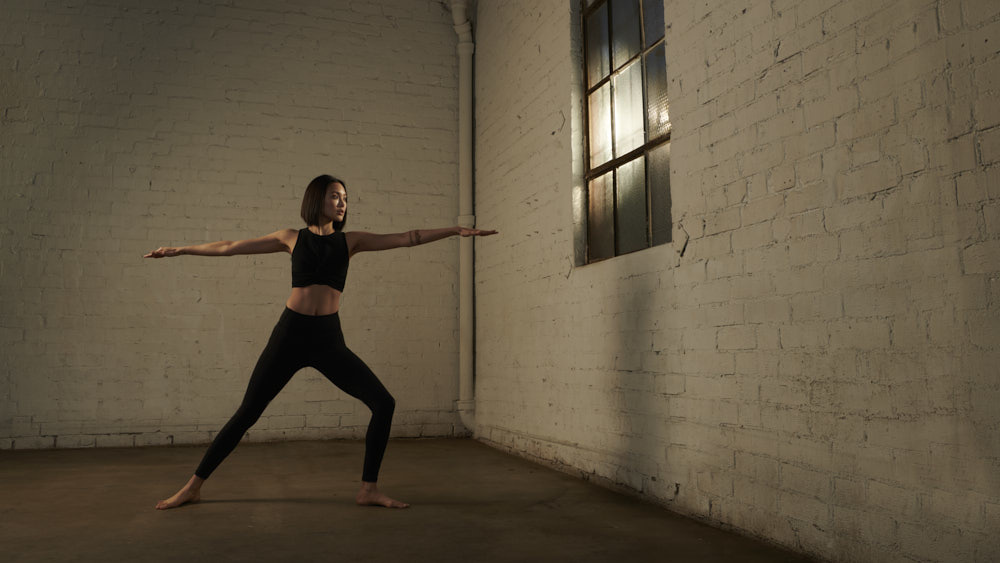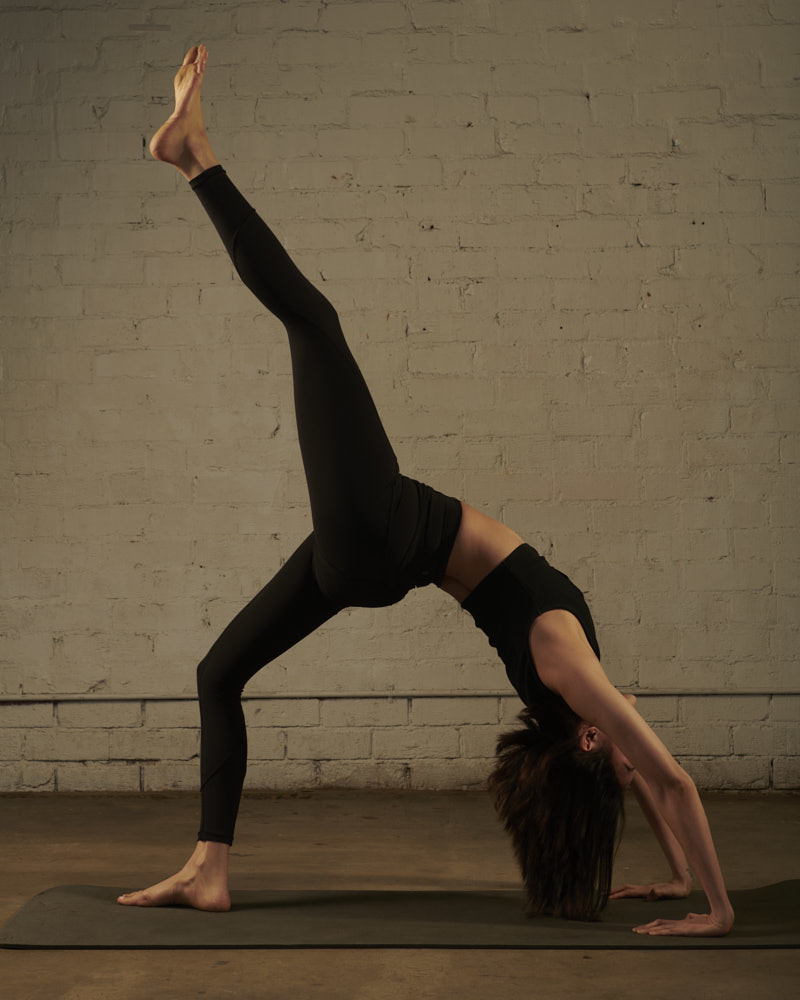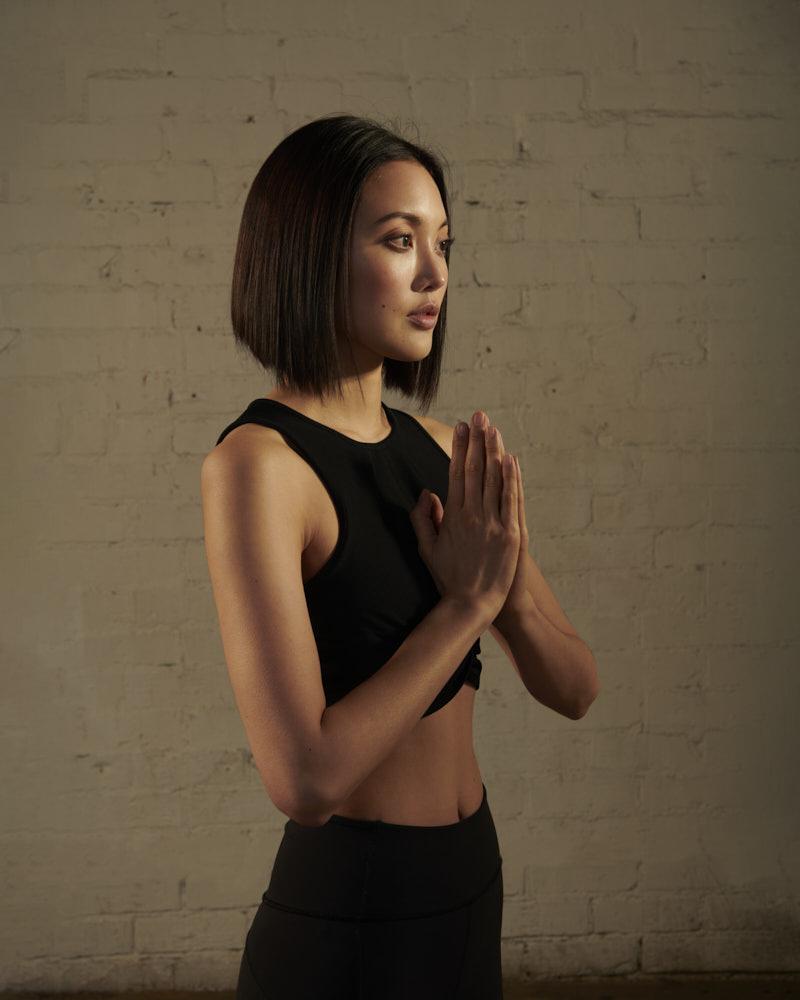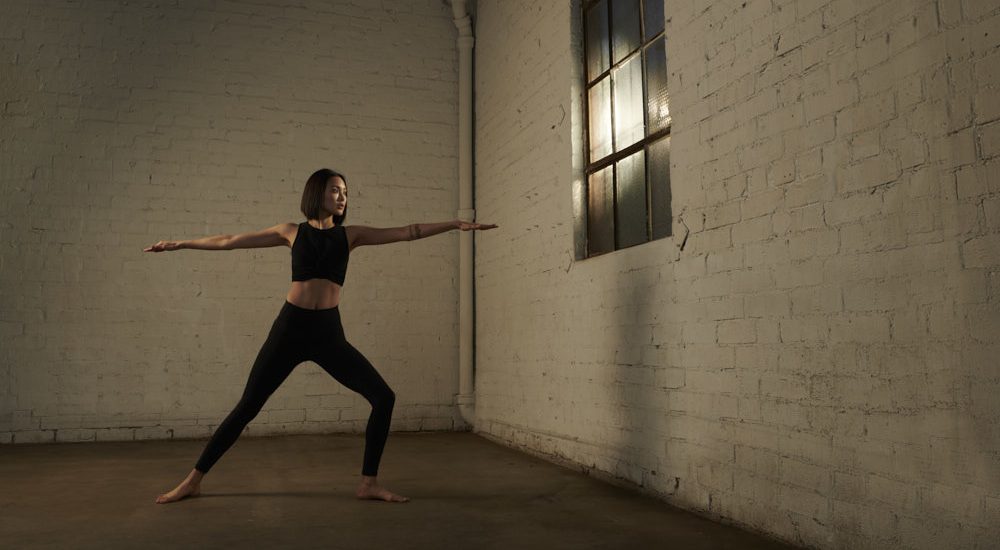New gear, new techniques, exciting shoots, and financial success are all parts of a fun and successful photographic life. However, it’s equally important to maintain our passion for our art form and continue to feed our creativity in the long term.
Now, I know what you might be thinking. Photography is my passion. Photography is fun. How could I ever wake up in the morning and not be passionate about my chosen field? And, to a certain extent, this is true. Being head over heels about the art form, perhaps even bordering on obsession, is pretty much a prerequisite for having a career in today’s ultra-competitive landscape for photography. A very large amount of my mental energy is permanently consumed by the seemingly impossible task of trying to maintain a healthy balance between my art and my life. There are greater things in life than whether or not I book that big campaign I am bidding on. But I admit that I don’t always do the best job of recognizing that.
For me, this rather dogged focus on my craft and the business that has sprung from it seems necessary. For better or for worse, my mind tends to thrive in the extremes — either extreme focus or extreme disconnection. And I can see a real tangible effect to both my bottom line and my work depending on which state I currently reside in. But, contrary to the allegations, I am not a robot. And, while this excessive level of drive is what’s necessary for me to reach the level I aspire to professionally, even I am aware that one cannot maintain that level of heightened obsession for an indefinite period of time without eventually burning out.
Wherever you might land on the workaholic spectrum, there’s a good chance that you too have experienced periods where the joy of something you once loved seems to wane. We can be addicted to our art the same way some people are addicted to narcotics. And like drugs, the first hit is always the most powerful and the effect of those that follow are often simply a sliding scale of diminishing return. Carry on long enough and you may find yourself one day still going through the motions, but not receiving any of the rushes in return.
When you have an office job, this level of indifference is part of the gig. You don’t necessarily have to wake up inspired to be a good accountant. You simply have to know your job and get through the day. Photography, however, doesn’t work that way. As a photographer, you not only have to know the technical ins and outs of your craft, but you also have to need to bring an intangible wellspring of creative inspiration to the workplace every time you arrive on set. This individual spark, that only you can provide, is what will ultimately determine your level of success, whether you are shooting for a client or simply looking to push yourself to your personal best.

Just like a professional athlete who needs to pay the utmost attention to his or her training to maintain longevity, an artist must take an extra level of care to make sure they maintain their creativity. Your artistic voice is your instrument. And it takes maintenance to stay in tune. There are a million and one different ways to do this, but here are just a couple of things that I like to do when I find my motivation wells starting to run dry.
Personal Projects
I was on a Zoom call mentoring a group of younger photographers a few years back and one of the emerging photographers asked one of us, ahem, “seasoned” photographers whether or not we still did test shoots. For those who don’t know, a test shoot is simply a self-assigned photoshoot that you might do for additional practice to try out a new lighting technique or simply build your portfolio. It’s not a paying gig. Depending on the concept, you might end up being the one paying. But it’s essential in developing your craft and your portfolio, especially early on.
But once you have established your business and are getting paid to shoot, why would you shoot for free? Well, while I don’t work for other people for free, I find that working for myself for free is one of the best investments you can make in both your career and your creativity.
When you are shooting for clients, you are (hopefully) being adequately compensated and (hopefully) have a sufficient budget to achieve your highest level. But, while working for paying clients is the objective of a professional photographer, those shoots are also always, well, for clients. “Duh,” you might say. Of course, they are. But filtering your creativity through the eyes of an art director or creative director is a very different experience from letting your own unique individual artistry fully flourish. Both are excellent, mind you, but they require slightly different sides of your creative brain.
But even though they are paying you and often coming to you with a creative brief, your clients aren’t just hiring you because you own a camera and can press a button. They are hiring you instead of another photographer because you bring something special to the table. You bring your approach. And if you only ever do shoots that are filtered through the voice of an external brand or collaborator, it is difficult to develop a voice that is uniquely your own.
This is where personal projects come in. They allow you the creative freedom to produce a piece of art that is fully your own. They allow you to explore new concepts and grow as an artist. Coincidentally, the new skills and aesthetics you develop doing personal projects are usually the things that will get you hired as well. As many images I’ve shot for big clients that exist in my portfolio, it is almost invariably the images I shot for personal projects that make their way onto my client’s mood boards when they send over their brief.
But, aside from the professional objectives, doing these personal projects feeds my artistic soul. After all, I became an artist to create art, not to make money. Don’t get me wrong, the money is a big part of why my dog is swimming in Kibbles and Bits. But money isn’t what wakes me up in the morning. And when it comes to maintaining my passion for the craft that I love, feeding my love of the art is just as important and filling my bank account.

Step Away Once in a While
It may seem counterintuitive, but sometimes, the best way to remain tuned in to your passion is to take a moment to tune out. As I mentioned earlier, this is not the easiest thing for me to do personally. But in hindsight, I very rarely view these moments where I allow my passions to wander with regret.
For me, these moments of ambling usually take the form of an obsession with different art forms. It’s not that I fall out of love with photography, but I do fall in love with different forms of storytelling that will occasionally take over the pole position in my thoughts. Not that my tendency to wander to different art forms should come as a surprise. After all, photography was only the fifth artistic passion I found, if we go chronologically. I only became a photographer by accident after picking it up as a hobby to distract me from the stress of selling screenplays. That photographic hobby eventually became my focus and a source of income. But just like my mind drifted from screenplays to photography, it often drifts back to writing, or filmmaking, or any other multitude of artistic outlets.
Seeing as though I have a one-track mind and it’s difficult for me to manage two passions simultaneously, there’s a risk in letting my mind wander too far away from photography, as I can easily find myself not thinking about it much at all. This, you can imagine, is less than beneficial to my bank account. But creatively, I find these times of shifting focus to be ultimately beneficial to my art form. To all my art forms.
Because I truly love photography, it will eventually float back up to the surface. But when it comes back to the front of my mind, it will now be informed by whatever I learned during my period of creative drift. The various art forms I do are all different in execution. But the source of creativity is still the same. So, while I may have difficulty focusing on more than one at the same time, a rising tide lifts all boats, and pursuit of one does ultimately tend to improve all the others.
This sort of deviation would be detrimental was my photographic career to be a sprint. But since building a career in photography is more akin to a marathon, I’ve found these brief detours to not only be worthwhile but also necessary in maintaining my passion in the long run.

Remember Why You Started in the First Place
Everyone has their reasons for picking up a camera. Sometimes, you just didn’t want to let life’s memories slip away, and you needed a way to capture them. Or, perhaps, you needed a way to communicate, and a picture is worth a thousand words. There’s a chance that you picked up a camera the very first time for purely commercial purposes. But the likelihood is that if your main goal in life is just to make money regardless of how you make it, then you can find a thousand easier ways to earn a paycheck than trying to navigate the photography industry.
So, what was it that made you pick up a camera in the first place? What made you fall in love with the experience of taking a photograph? What does the process offer you that nothing else can? How does your love of art make your life better?
Remembering these things can be the catalyst for renewing your passion for your craft for years to come. Techniques and gear change. Trends will come and go. But those base impulses that attracted you to the art in the first place will last a lifetime. Remember why you fell in love. And the passion will last forever.
